The biggest Tanzanite gemstone in mining history
In late June the small-scale miner Saniniu Laizer surprised the world when he presented the 2 biggest Tanzanite gemstone in history from his mining concession in Mererani. The first Tanzanite weighed ca. 9.3 kg, the second around 5.1 kg. The blue and violet variety of the mineral zoisite is called Tanzanite and has only ever been found in northern Tanzania. It is a very rare trichroic gemstone, meaning it has the ability to display three colors within the same gemstone.
Mererani is a ward in Simanjiro District in the Manyara Region of Tanzania about 50km to the south west of Mount Kilimanjaro, famous for its small but unique Lake Manyara National Park. With his team of 200 workers, miners, engineers and other staff the Tanzanian entrepreneur accomplished an amazing feed considering the artisanal mining techniques used. The Arusha region native is a Maasai who was able to invest into his mining company due to his huge herd of over 2000 cattle.
Tanzanite mining
The only place in the world where Tanzanite is mined is a narrow strip of land, about 7 km x 2 km. Since the discovery of Tanzanite in 1967 the Tanzania state-owned company Tanzania Gemstone Industries (TGI) has been granted the exclusive right to mine in Mererani. Because of poor performance, small-scale miners were also allowed to set up mines on the condition that they would sell all the gems to the company. Revenue was very low however, a large portion of the Tanzanite gemstones were smuggled abroad. In 1986 the government allowed foreign companies to start mining in the area. Small-scale private miners moved into areas previously owned by TGI. These miners work with simple artisanal mining and drilling techniques. Shafts and tunnels are manually dug into the hills with simple tools and ropes only. Occasionally small-scale miners pass harder rock formations using explosives. Unfortunately safety equipment like emergency oxygen supply etc. is seldom available.
When Tanzanite gemstones are found, they get cleaned and sorted first. Then the process of grading begins. Gems will get sorted for weight (carat), clarity and color. There is no official industry standard for grading Tanzanites. Good quality tanzanites have a deep royal blue or violet color, the more intense the color the better the quality. The saturation and color refer to the stone’s brightness from Very Intense (AAA+) to Dim (A). After all the grading, weighing and government processes are finished, the Tanzanites are sold locally in Arusha or bought by international companies.
In 1991 the government divided the area into four zones called Block A, B, C and D. Small-scale miners were given block D (where Mr. Laizer’s team mined the record shattering gemstones), Tanzanian traders were given block A and B. Block C was given to Graphtan, a partnership of TGI and an English company. Graphtan focused not on gemstones but on graphite minerals. After the failure of Graphtan mining rights in Block C was first purchased by South African company Mererani Mining Ltd which was eventually acquired in 2004 by TanzaniteOne.
Buying Tanzanite in Arusha
If you are interested in buying Tanzanite gemstones while going on Safari in Tanzania with us, you can ask your Guide to drive you to the local traders in downtown Arusha. We only recommend this option however if you are knowledgeable about mineralogy and well acquainted with buying (uncut / unpolished) gemstones. Alternatively you can visit the Cultural Heritage Arusha centre and buy beautiful Tanzanite jewellery (with certificates) safely there.
Karibu Tanzania!
August 2020 Update: Saniniu Laizer’s company mined a third Tanzanite, his latest gemstone weighed more than 6 kg!
© Photos CTV News, thecitizen.co.tz

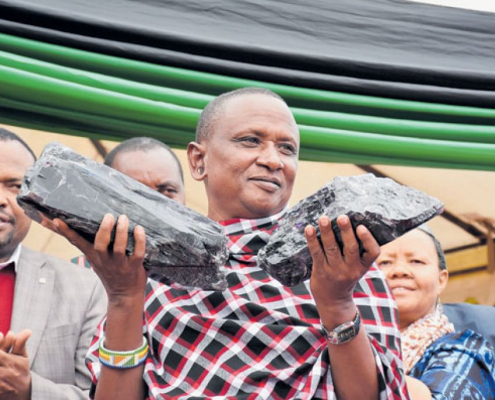
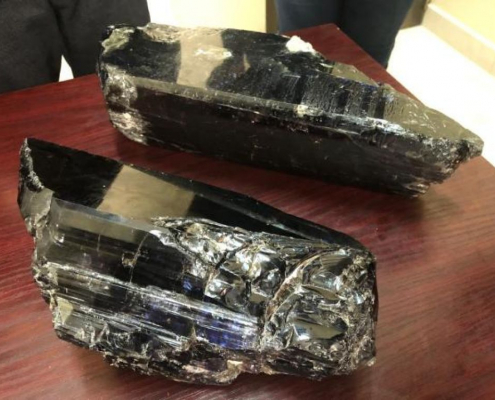
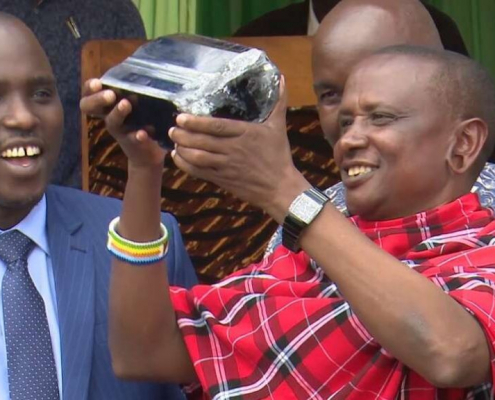
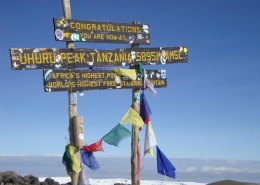
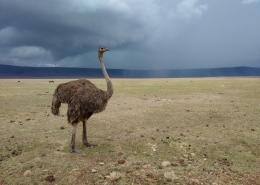
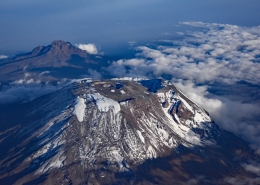
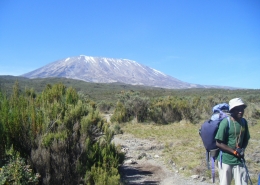
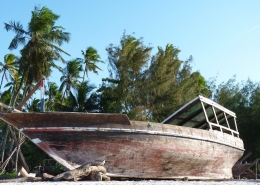
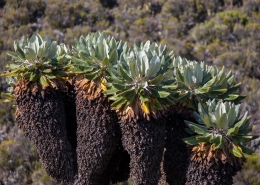



Very informative article. Really thank you! Really Cool. Candi Barr Kirstyn
Thanks for your blog, nice to read. Do not stop.
Lovely blog! I am loving it!! Will be back later to read some more. I am taking your feeds also